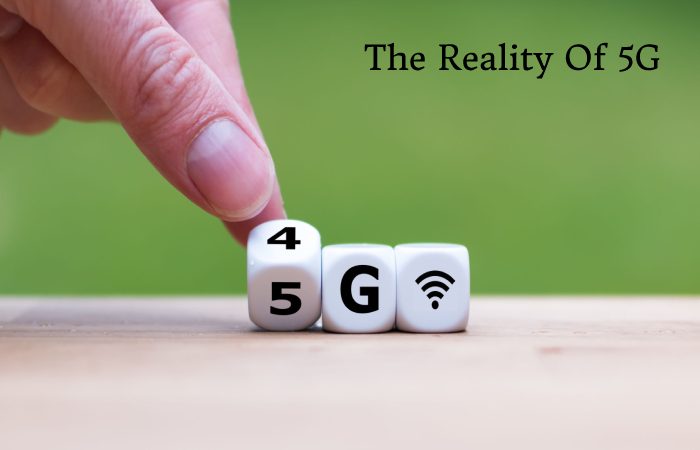Table of Contents
Introduction
Differences between 4G and 5G are the change towards fifth generation technologies and if there really are big differences between 4G and 5G in mobile telephony. The advancement of technology is so fast that it can become complex to keep up with new trends. This lack of knowledge can provoke rejection in certain users.
The Main Differences Are:
The main modifications between 4G and 5G and if it is worth the deployment and global investment towards this new technology. Which today is not yet 100% operational in all countries
Coverage
Even today, rural or remote areas do not have optimal 4G coverage. The capacity of this fourth generation is still higher than the 5G extensive network that has been built over a decade. This lack of a fifth-generation network is the responsible fact. That today a mixture of two is used and many devices.
It will take several years to create a 5G network similar to the existing 4G and capable of supporting the different band types. This lack of a fifth-generation network is responsible because a mixture of the two is used today. And devices like smartphones, support both.
Speed
Without a reservation, speed is one of the factors that stands out the most when comparing the differences between 4G and 5G. And it is not surprising since this parameter has increased considerably with each generation change.
This is possible thanks to the high band spectrum 5G works, allowing more excellent data transmission in shorter periods. However, the main disadvantage of this type of signal is its low ability to cross surfaces and travel long distances.
Latency
The time it takes for an info package to travel between two points is measure by latency. It is a time use to determine the delay that can occur in a data transfer , regardless of the connection’s speed.
It will allow devices to process data directly from the cloud in a much more efficient and precise way. Allowing the development of industrial applications, such as vehicles. Self-driving in real-time by artificial intelligence or heavy machinery controlled remotely by an operator.
The Reality Of 5G

Although on paper, the differences between 4G and 5G are significant and manage to highlight all the benefits of using this fifth generation of the network. It is necessary to analyze what 4G promised and what it offered to determine how far it will be possible. First comes the technological advance of 5G.
Many of the goals proposed by 5G are still an extension of the original goals of 4G that were ultimately not achieve limitations of the technology.
The development trend of 5G is very positive and has enough potential to improve the quality of communication services. However, it should not gone that it is a long-term goal that needs time to develop correctly.
Conclusion
Thanks to the high band spectrum with which 5G works. The also main disadvantage of this type of signal is its low ability to cross surfaces and travel long distances. It will allow devices to process data directly from the cloud in a much more efficient and precise way, allowing the development of industrial applications.
